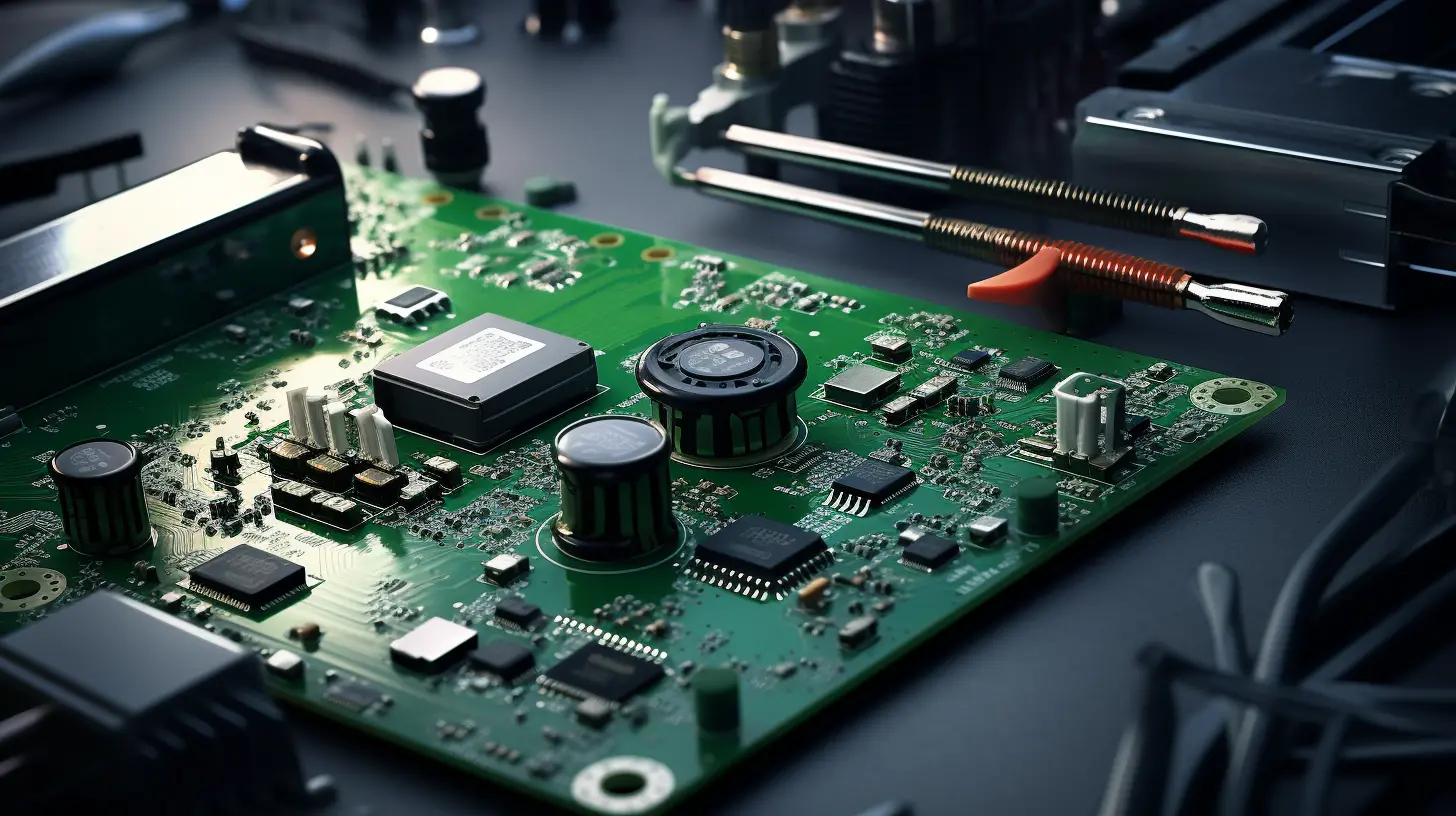As electronic products move toward smaller, lighter and smarter directions, flexible designs are increasingly being used in multi-layer PCBs (printed circuit boards). By combining traditional rigid circuit boards with flexible materials, designers are able to implement complex functions within limited space while also enhancing the reliability of electronic products.
Multilayer PCB can not only improve the density of the circuit, but also reduce electromagnetic interference. This design enables the product to provide higher performance in the case of space constraints. Most importantly, the addition of flexible design allows designers to adjust the layout of the circuit more flexibly to adapt to different application requirements.
At present, flexible design is leading the trend of circuit board design. With the development of science and technology, more and more electronic devices are beginning to adopt flexible PCBs, such as wearable devices and smart phones. The success of these products undoubtedly verifies the importance of flexible design.
What do you think about the application of flexible design? Feel free to share your experience with us in the comment section below! Let’s discuss how to improve product performance and promote industry progress through innovative design.
In general, flexible design brings new possibilities to multi-layer PCBs, improves the performance of electronic products, and promotes the development of the entire technology industry. Let us look forward to the application and changes of this technology in the future!


